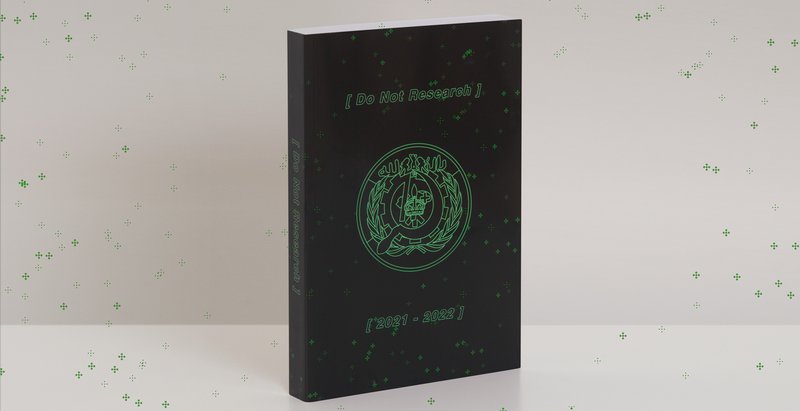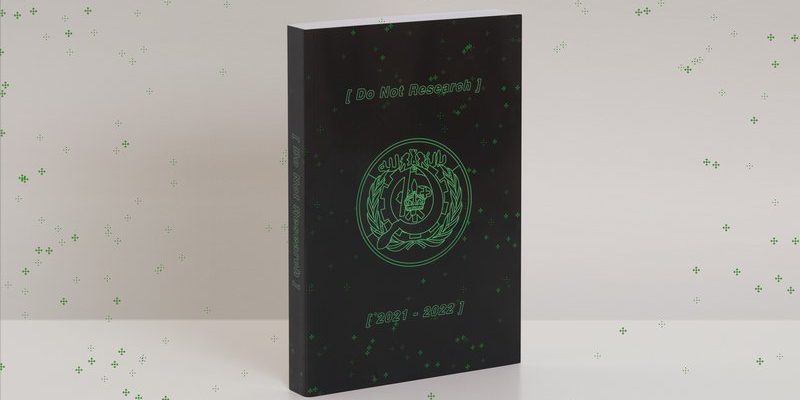
Honestly, it’s not just about taking a picture; understanding how to interact (or not interact) with these gentle giants is crucial for your safety and theirs. In this guide, we’ll dive into what makes greater kudus special and discuss the best practices for encountering them in the wild. So grab a cup of coffee, and let’s break it down!
Understanding the Greater Kudu
The Greater Kudu, known scientifically as *Tragelaphus strepsicerus*, is one of Africa’s most striking antelopes. They inhabit a range of environments, from dense woodlands to open savannas. With their long legs and impressive horns—often reaching up to 72 inches in males—they’re a sight to behold. Their beautiful greyish-brown coats are adorned with white stripes, which help them blend into their surroundings, making them a delight for nature lovers and photographers alike.
These animals are known for their calm demeanor, which can sometimes be misleading. While they’re not aggressive by nature, they can react unpredictably when startled or threatened. So, understanding their behavior is key if you ever cross paths with one. Kudus are herbivores, feasting on leaves, fruits, and grasses, and they typically are most active during the cooler hours of dawn and dusk.
How to Stay Safe During an Encounter
You might be wondering, “What do I do if I see a Greater Kudu?” First and foremost, your safety is the priority. Maintain a safe distance—about 50 yards is a good rule of thumb. Getting too close can stress the animal, and if it feels threatened, it may run or even charge, especially if it has young calves nearby.
Avoid sudden movements or loud noises. Instead, stay calm and observe from a distance. If you’re in a group, keep your voices low to avoid startling the animal. It’s about respecting their space while still enjoying the moment. If the kudu seems relaxed, you might have the privilege of watching it graze or interact with its surroundings. Just remember: the quieter you are, the better the experience.
Recognizing Signs of Stress in Greater Kudus
When you encounter a Greater Kudu, it’s essential to be aware of their body language. If a kudu feels threatened, it may show signs of stress. Look for ears pinned back against its head, raised hair along its back, or a rapid movement of its tail. If you notice these signs, it’s best to back away slowly and quietly.
They might also snort or stamp their feet as a warning before bolting away. This behavior signals that they are uncomfortable or feel endangered. Recognizing and respecting these signs is crucial for both your safety and the welfare of the animal. Just like how we all have our personal space, kudus do too!
What to Avoid During an Encounter
While it might be tempting to get that perfect selfie or snap a stunning photo, approaching too closely can have consequences. Here are some things to avoid:
- Getting too close: Maintain that safe distance to avoid startling the animal.
- Loud noises: Keep voices down and avoid shouting or making sudden noises that could scare them.
- Chasing or cornering: Never try to chase or corner a kudu. This can cause them to panic.
Remember, the goal is to observe and appreciate these beautiful creatures without causing them stress. Sometimes, less is more, and patience pays off when watching wildlife.
Enjoying the Moment: Ethical Wildlife Viewing
If you’re fortunate enough to encounter a Greater Kudu, take a moment to appreciate the experience. Ethical wildlife viewing is all about preserving the natural behaviors of animals while ensuring your own safety. Bring binoculars or a camera with a zoom lens instead of getting too close.
By respecting their habitat and keeping distances, you’re playing a role in protecting these magnificent animals for future generations. That’s something worth sharing with your friends over coffee, don’t you think?
When to Seek Help
In rare cases, you might encounter a Greater Kudu that seems injured or in distress. If you’re in a conservation area or national park, it’s best to notify a park ranger or wildlife expert. They have the training and knowledge to handle such situations appropriately.
Do not attempt to intervene yourself. As much as we want to help, wildlife can be unpredictable. Instead, focus on enjoying the encounter from a safe distance and reporting any issues to the professionals.
The Importance of Conservation
Greater Kudus, like many wildlife species, face threats from habitat loss and poaching. Supporting conservation efforts not only helps protect these animals but also promotes a healthy ecosystem. When you visit areas where they live, consider contributing to local wildlife charities or organizations dedicated to preserving their natural habitats.
Awareness and education are essential tools in ensuring the survival of the Greater Kudu. So, the next time you share your experience of encountering one, remember to spread the word about the importance of conservation efforts.
As we wrap this up, I hope you feel more prepared and informed about what to do if you ever cross paths with a Greater Kudu. Watching these beautiful creatures in their natural habitat can be a magical moment, so go out there, respect their space, and enjoy nature to the fullest!

